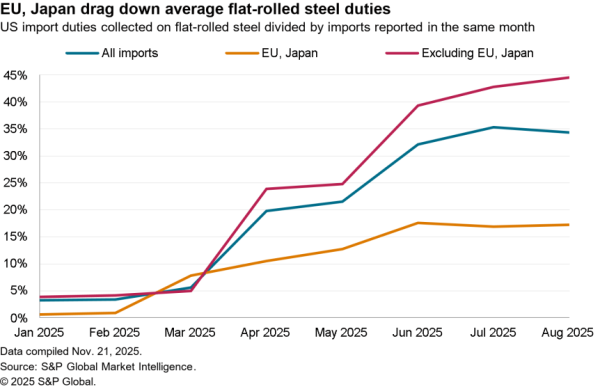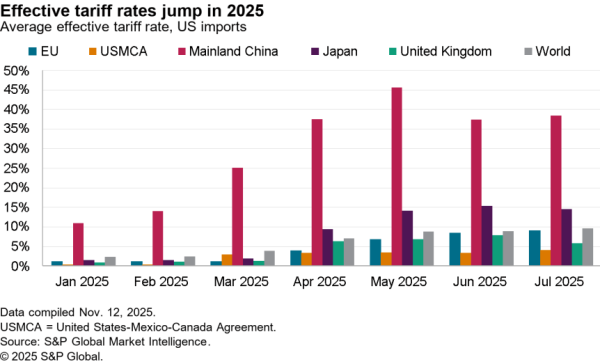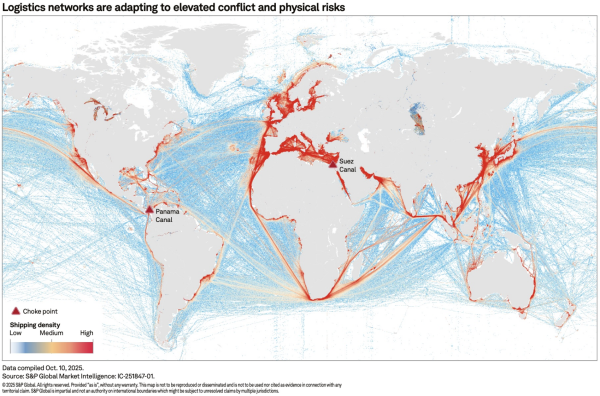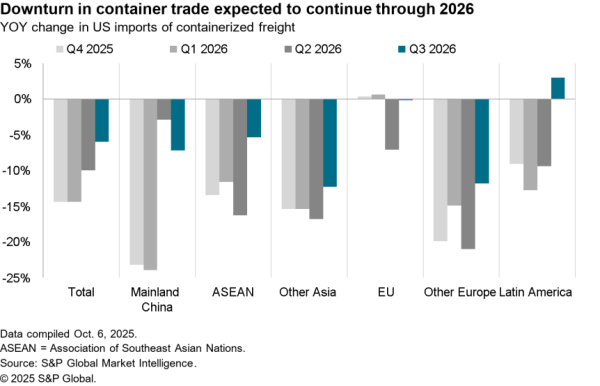NAFTA renegotiations should be carried out on a trilateral basis, the foreign ministers of Mexico and Canada have stated according to Bloomberg, rather than being handled via a round of bilateral deals. While Mexico has started the ball rolling with 90 days of discussions with corporations, as outlined in Panjiva research of February 3, neither the U.S. nor Canadian governments have started yet.
Under U.S. Trade Promotion Authority, rules the administration needs to give congress 90 days notice before discussions start. Additionally, Trump’s cabinet appointments for trade are not yet completed, though Politico reports Commerce Secretary appointee Ross will be approved on February 27. As discussed in Panjiva research of January 20 he will likely take the lead on NAFTA renegotiations.
Panjiva’s trade-spectrometer analysis shows there are relatively few areas where Canada and Mexico could jointly leverage the U.S. into continuing with a trilateral deal. Looking at the top 50 export lines from the U.S. to each country shows 24 products which make the cut for both shipments to Canada and Mexico. Many of these are in supply chain arrangements, where the U.S. is already trying to ‘onshore’ assembly. These include five lines in the autos industry, four in PC assembly and three are in energy, where the U.S. exports refined products from raw energy imported from Canada and Mexico.
Areas where Canada and Mexico are both major customers for the U.S. are where they have the most leverage. The largest area of exposure for the U.S. is in aerospace, which accounts for 8.2% of shipments to Canada and 1.14% of exports to Mexico. It isn’t clear though whether there would be an appetite to pivot towards Airbus rather than Boeing, however. In agriculture shipments of soybeans and corn figure highly, though the question here would be alternative sources of supply.

Source: Panjiva




